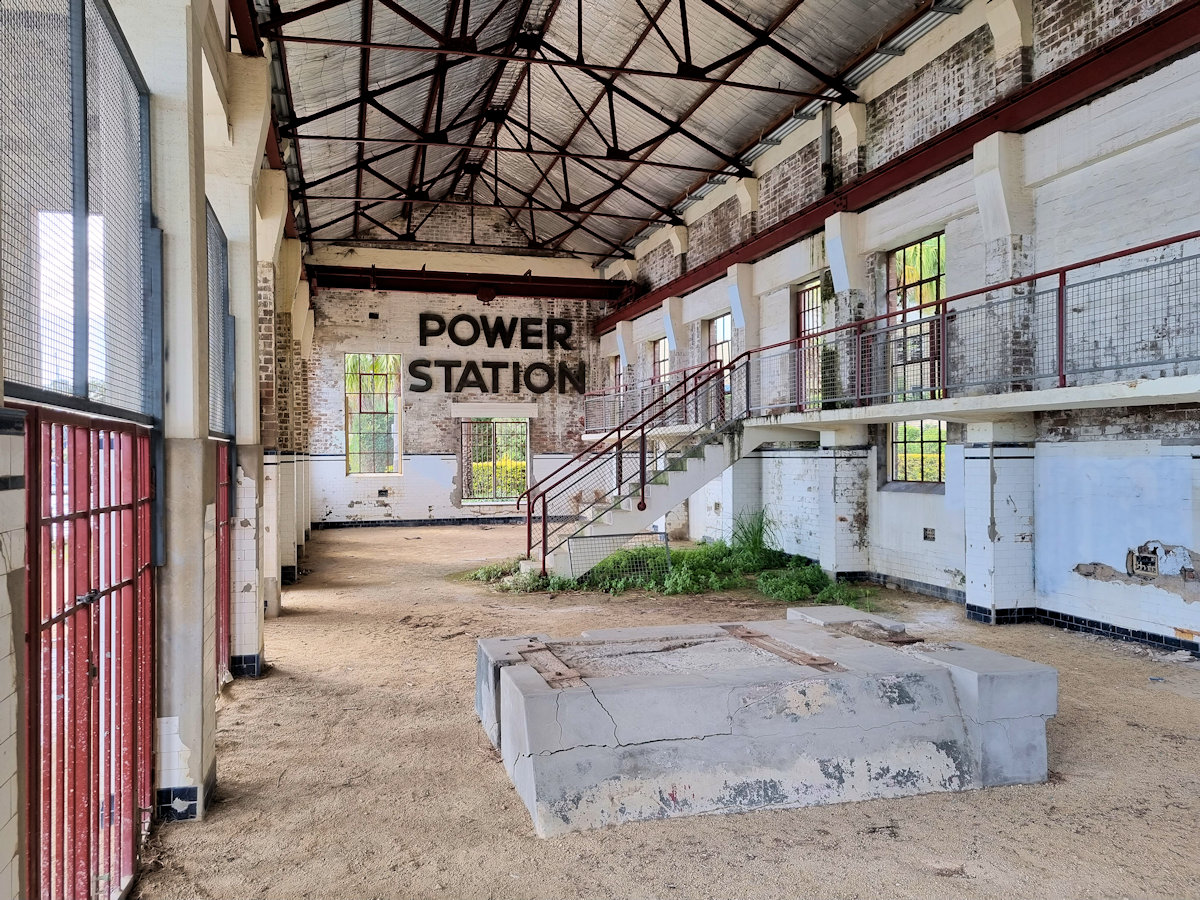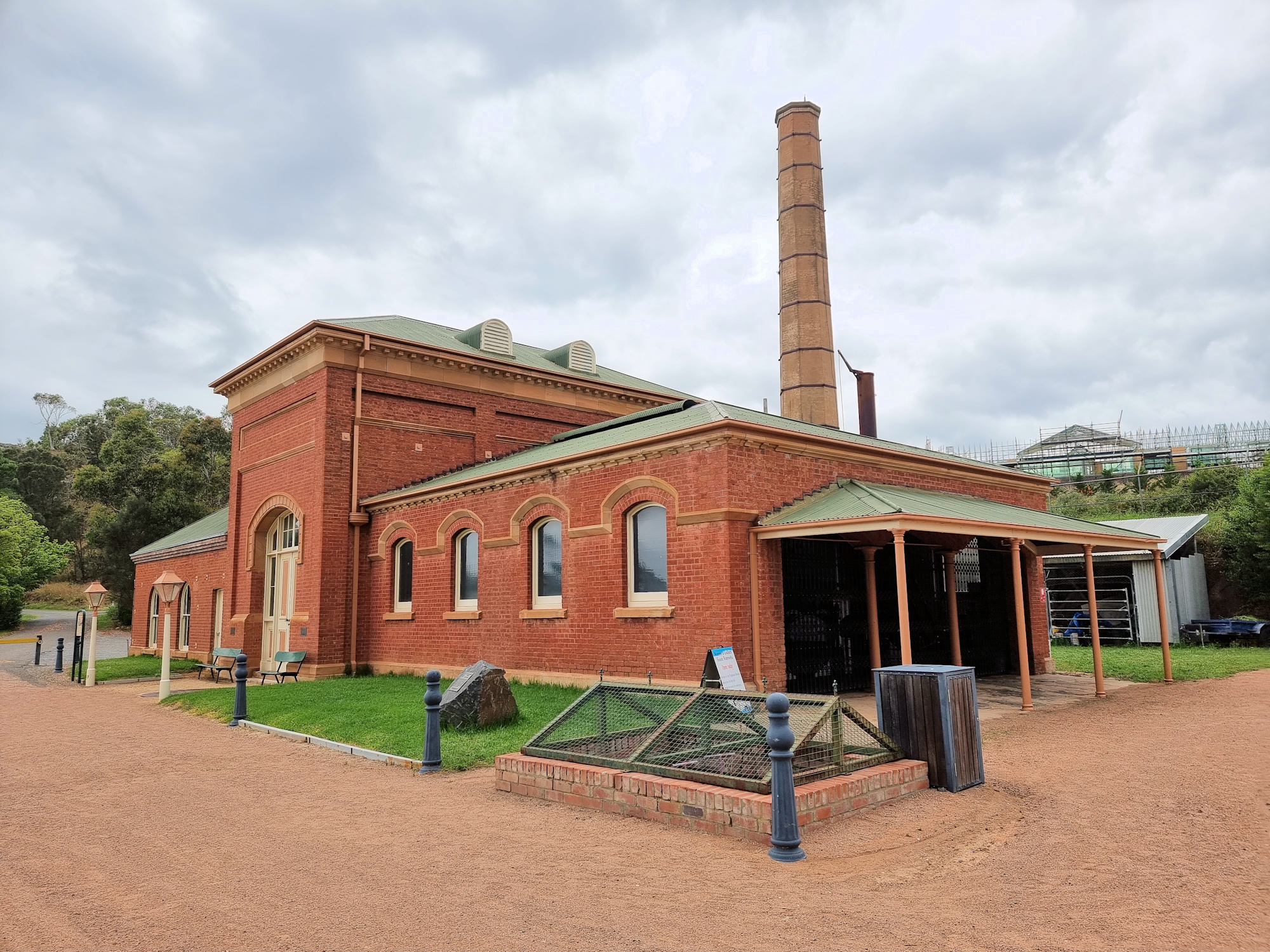Tag: Industrial
-
Power Station Pump House Balmain

Power Station A Pump House Balmain Located on the shore of the Parramatta River, the Power Station Pump House previously housed the pumps used to pump cooling water to the Balmain Power Station. Ceasing operations in 1976 and demolished in 1998 this old coal-fired power station made way for an apartment complex. This heritage listed… Read more
-
Carradah Park Sydney Australia

Carradah Park Sydney Australia History of the Site The BP refinery at Carradah Park in Waverton has a rich history that dates back several decades. Here is a brief overview of its historical significance: The refinery was established in 1926 by the Anglo-Persian Oil Company, which later became British Petroleum (BP). Its location in Waverton,… Read more
-
Goulburn Waterworks

Goulburn Waterworks Located at Marsden Weir on the Wollondilly River, Goulburn Waterworks is another great attraction to visit in Goulburn. One of four pump-houses built at the same time, the Goulburn Waterworks is the only one with its original pumps. Unfortunately, the other three were sold for scrap Intending to simply walk around the beautiful… Read more